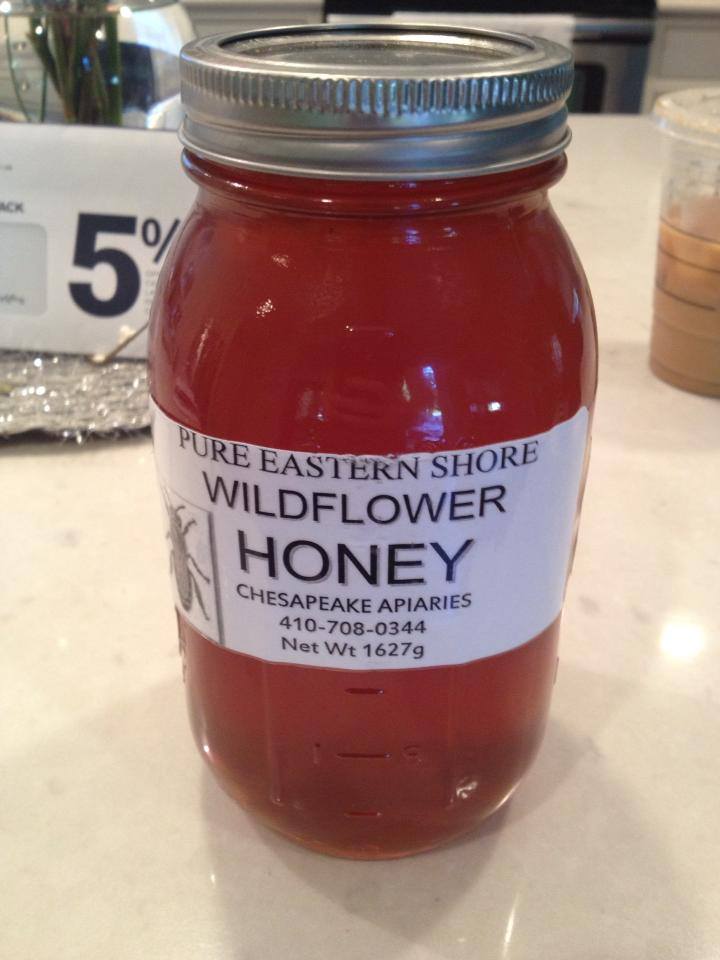Recently I attended the Philadelphia Honey Festival. I had no idea what to expect because I have never gone to such a thing. At the festival I found a guy giving out tastings of a Belgian ale made with honey. Believe I had my fill and it was delish. Something to think about for the future, but I came with a mission: get some high quality honey to make some mead! Ladies and Gentlemen, I have succeeded in that mission.

I was so pumped to make mead with this honey that I went ahead and made a video to document how to make a 1 gallon batch of Mead. Just follow what I do in the vid and you are solid.
Here’s what I used:
-3lbs Wildflower Honey
-1 gallon of spring water
-1 gallon carboy
-1 airlock
-1 bung
-Yeast Nutrient
-Yeast Energizer
-Yeast (Lavlin K1-V1116)
-Starsan (to sanitize everything)
The process is rather simple for this. Get a Gallon carboy and fill it up half way with water. Pour the honey in. Mix it up. Now pour more water in the mixture in the carboy up to the part where it starts to taper off. Start the process of rehydrating the yeast. I put some water in a little bowl and placed it in the microwave to get it lukewarm, then poured my yeast in the little bowl. Let that yeast sit like that for 15 minutes. Now take a 1/2 teaspoon of yeast nutrient and a 1/2 teaspoon of yeast energizer and place it in the carboy. Shake the mixture for about 10 minutes to make sure it’s aerated. Now pour the yeast into the mix. Place the rubber bung in the opening of the carboy. Fill the airlock with water about half way. Place the airlock on top. Put the carboy in a cool dark place with no sunlight. Good to go.
The original gravity on this particular mead was 1.092.
This is really as bare bones as it gets, but should produce a very good tasting product. Recently I did a 5 gallon batch of mead with Clover honey. After a month in the primary fermenter I transferred it to the secondary on top of some cherry puree, however I was interested to see what it tasted like before doing so. It tasted incredible after a month. Part of me wanted to just keep it going without the cherry, but I was already committed. So I’m very excited for this particular mead.
Some variations that you could consider are using different honey for your batch, using different strains of yeast, and of course doing staggered additions of nutrients to your batch. I alluded to this somewhat at the end of the video. Basically what this entails is after your first day of fermentation, adding more nutrients and stirring it for more oxygen, then about a 1/3 of the way through the fermentation adding more nutrients and oxygen. It allows for a much faster fermentation. Don’t worry about it too much this time, just get your mead made and let it sit and it will work.
Check me out on Twitter
Follow @vikingsmashbrew
